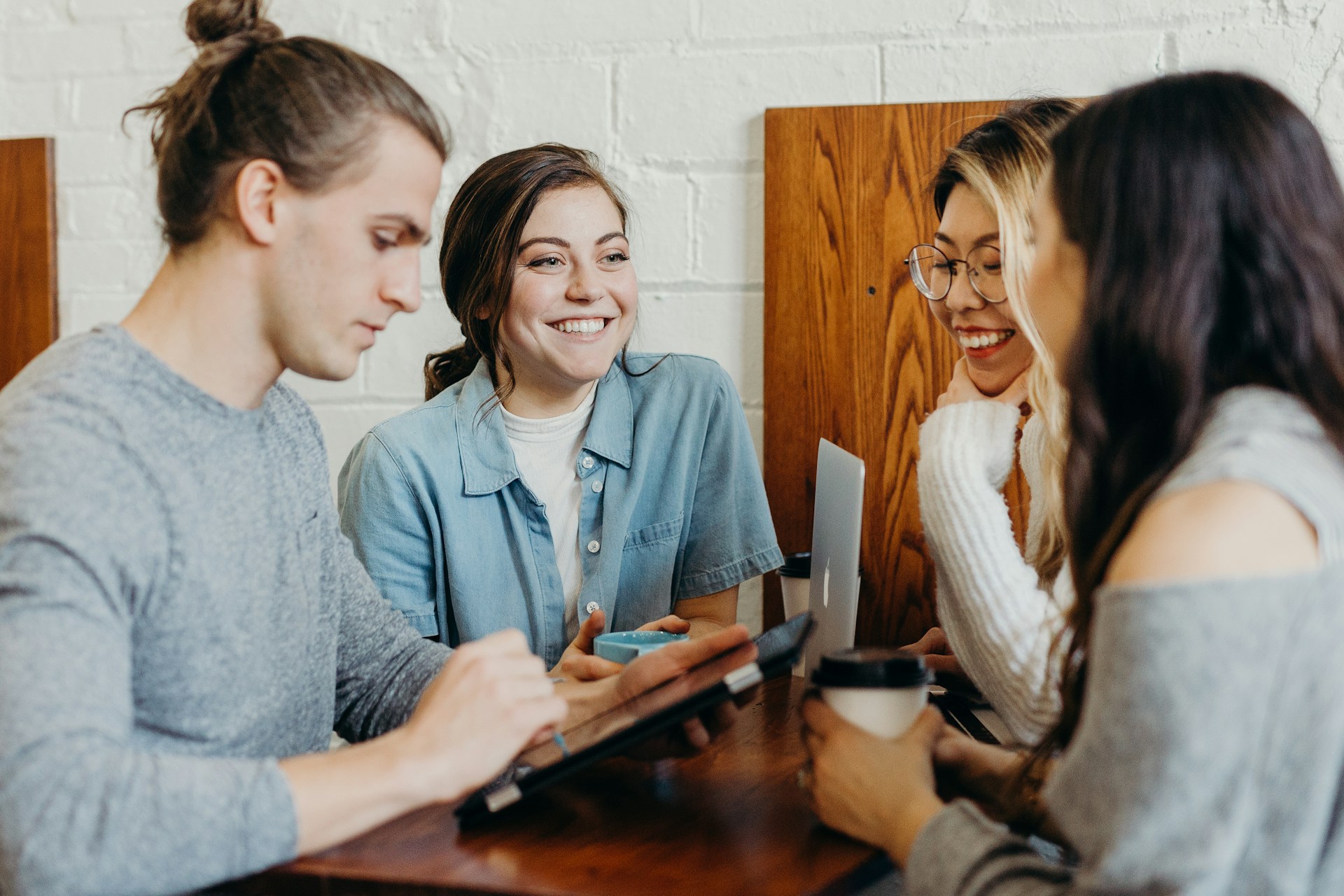Comparing and contrasting my experiences with face-to-face and online learning environments has been a journey filled with insights into the unique virtues and challenge of each. However, my perspective of online learning shifted drastically with the onset of COVID-19. I recall leaving school on Friday, March 13th being blissfully unaware of the unexpected turn of events that would unfold over the weekend in which my life and career were on the brink of unparalleled change. With just one week remaining before our scheduled Spring Break, all classes were suddenly canceled on March 15th, yet teachers were required to report to school. It was during this uncertain time that my principal convened us in the cafeteria, each of us seated at our own table to uphold social distancing, to deliver the news: we were all to become proficient in online teaching.
While this transition posed significant challenges for some of my colleagues who lacked any online presence, I was fortunate to be part of a Grade 8 team that had prepared for such an eventuality. Throughout the year, we had diligently curated our classwork on dedicated classroom Weebly websites. This initiative ensured that all our units, resources, and materials were readily accessible online, providing our students with seamless continuity amidst the chaos… or so we thought.

Photo by Chris Montgomery on Unsplash
The sudden shift to online teaching in March 2020 led to unexpected opportunities for meticulous planning, a luxury seldom afforded in the traditional classroom setting. With resources and lessons prepared a week in advance, I found joy in the structured approach the online format provided. Nonetheless, student engagement decreased as the lockdown persisted, underscoring the value of face-to-face interaction and spontaneous learning moments.
Afterward, as I assumed a full-time online teaching role for the 2020-2021 school year, my expectations better matched the realities of online teaching. Managing over 70 students across multiple schools, I delved into the subtleties of synchronous and asynchronous learning, using innovative strategies such as video creation to bolster student engagement. I now proudly include “video editor” on my resume.
Reflecting on my experience in both settings, I’ve come to appreciate the thorough planning inherent in online teaching, a practice I try to uphold in my face-to-face teaching. Using platforms like Google Classroom, I’ve embraced a paperless approach, enhancing efficiency and organization.

Photo by Brooke Cagle on Unsplash
However, my ultimate decision to return to face-to-face teaching emanates from my identity as a “relationship teacher.” I thrive on forging connections with students, fostering a classroom ambiance enriched by humour and camaraderie. While online teaching facilitates structured planning, it left me feeling isolated and disconnected, yearning for the dynamic interactions inherent in face-to-face instruction. With these thoughts running through my mind, I returned to the comfort of face-to-face teaching.
Leave a Reply